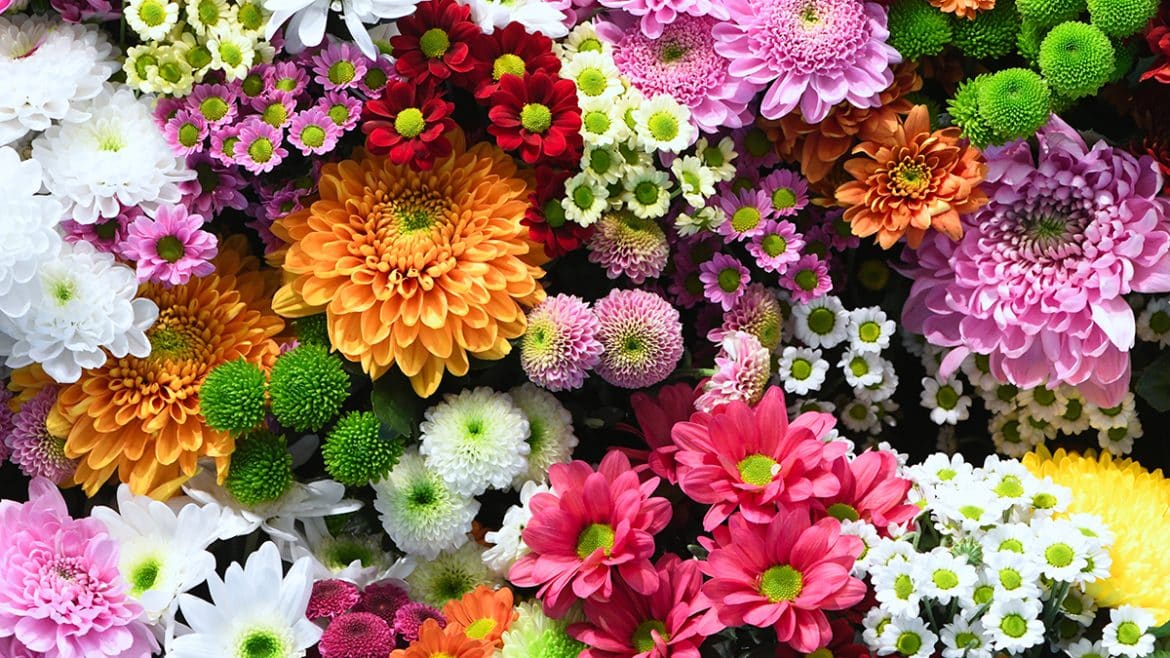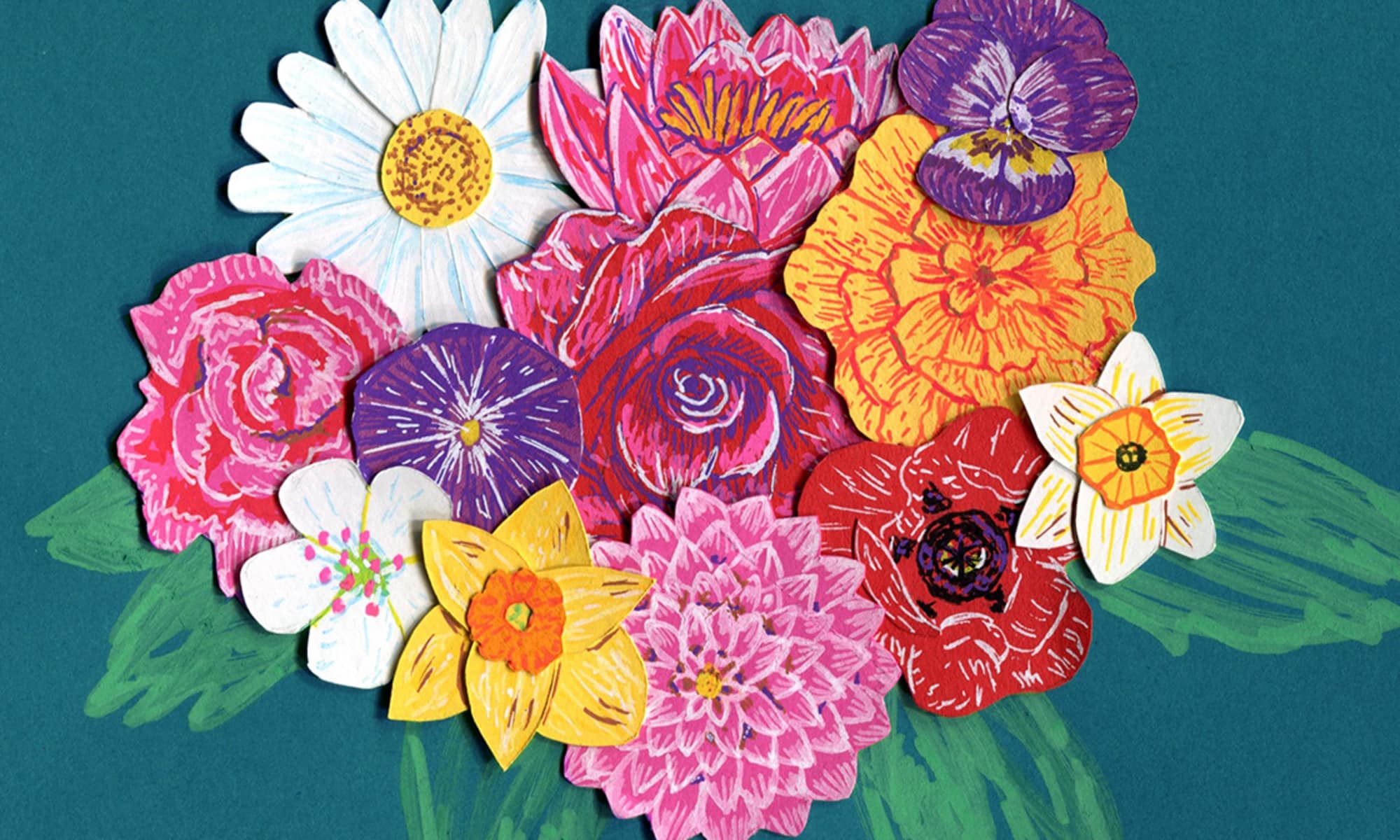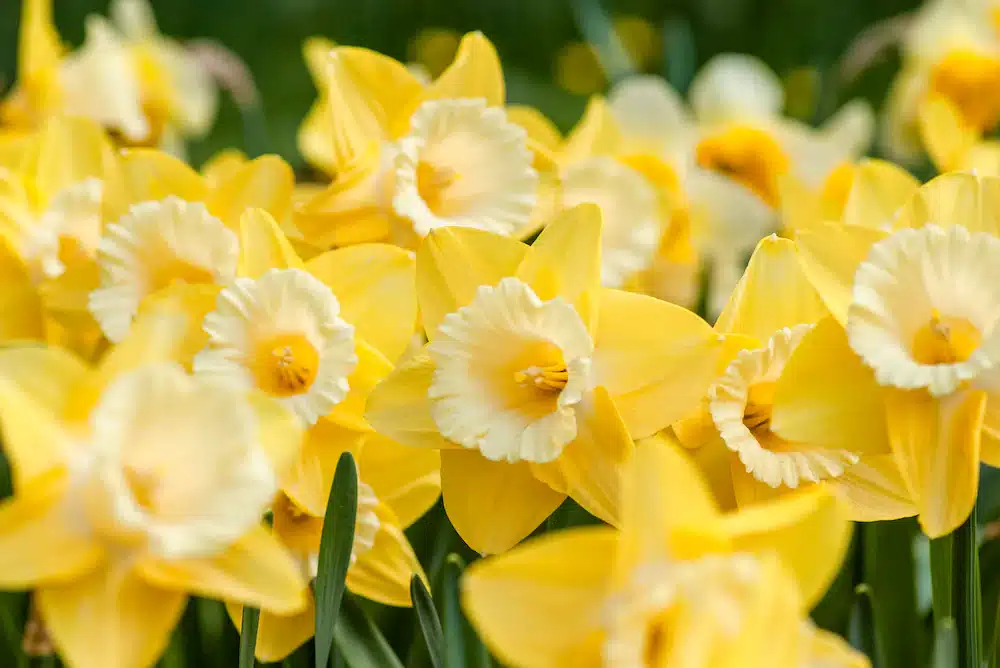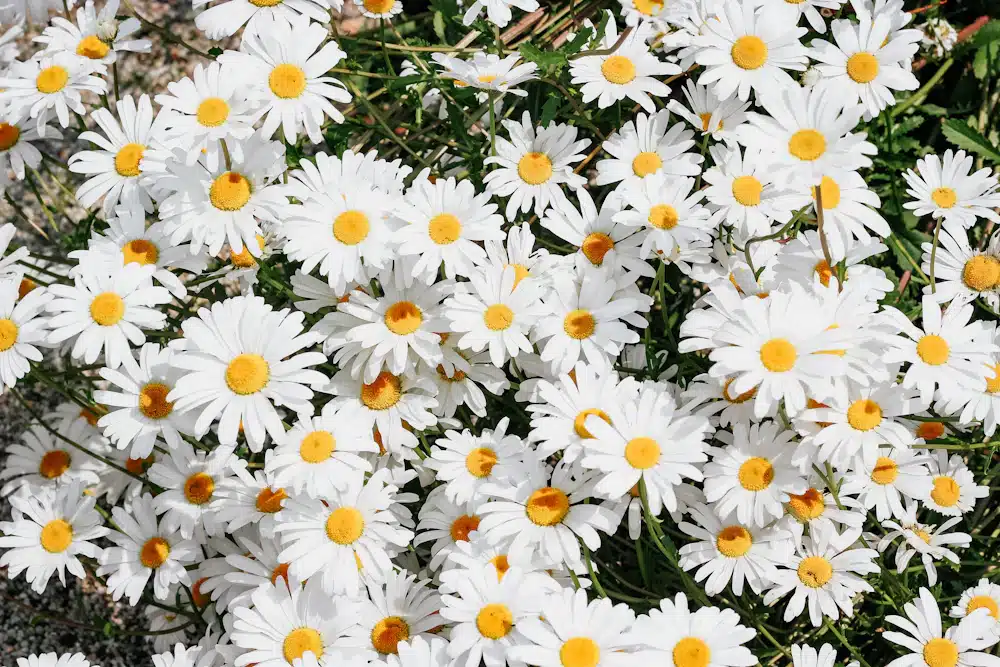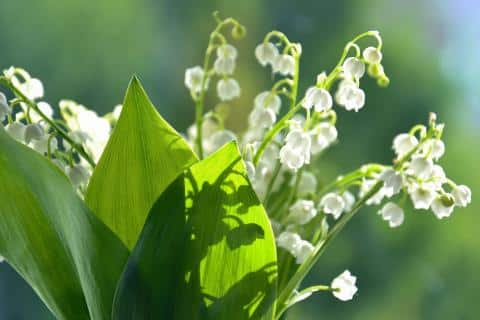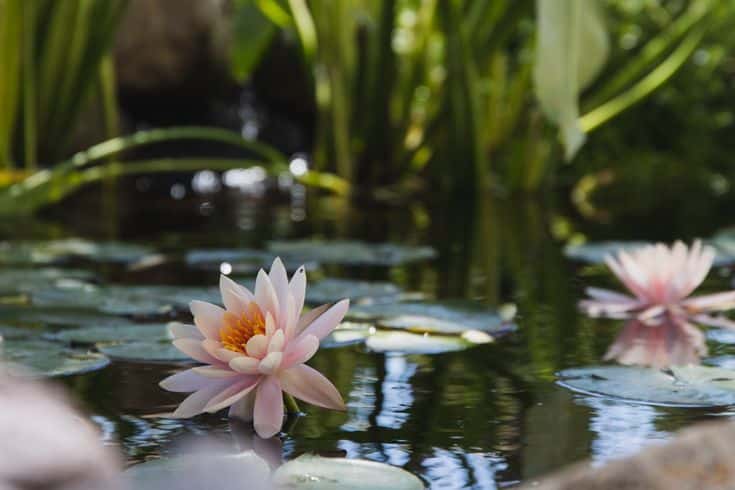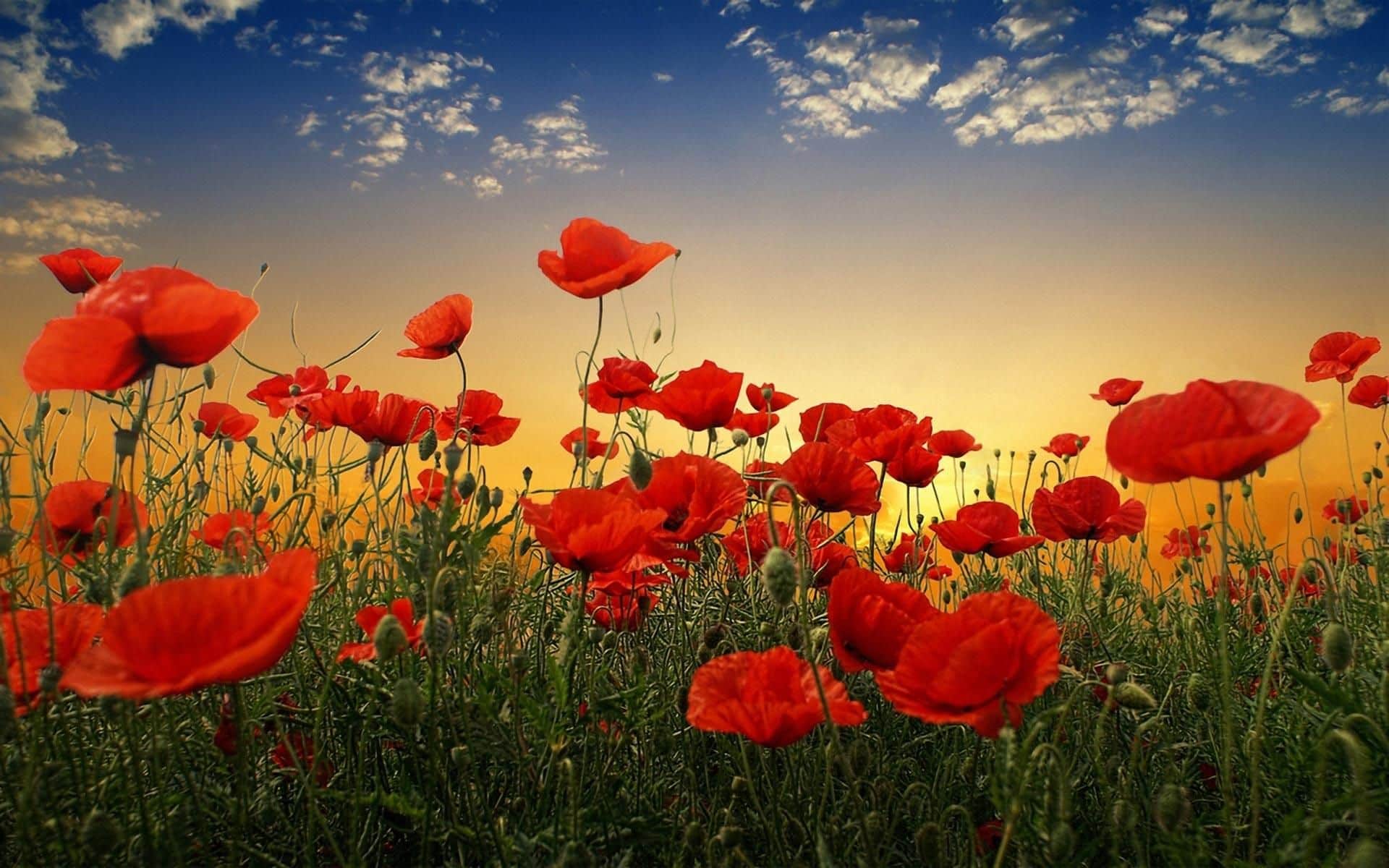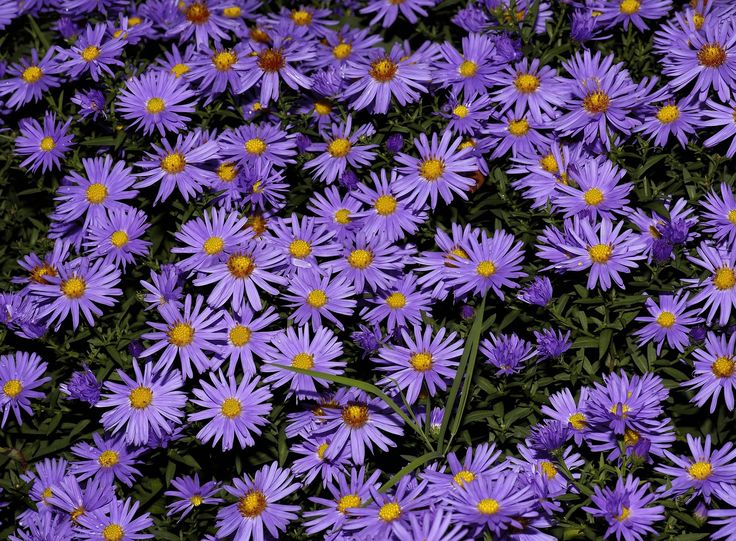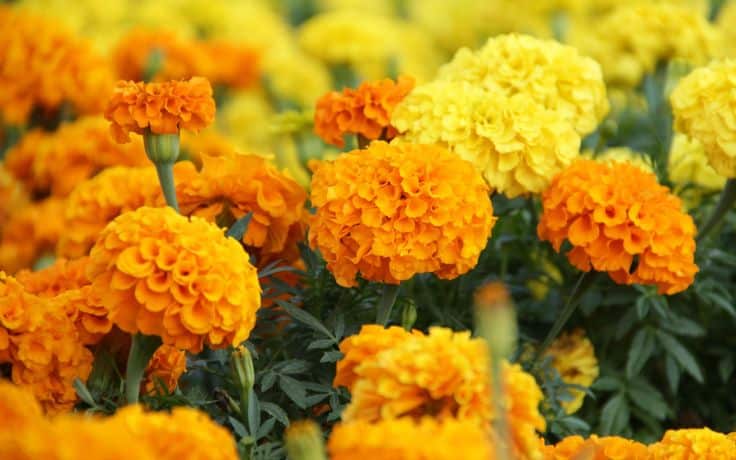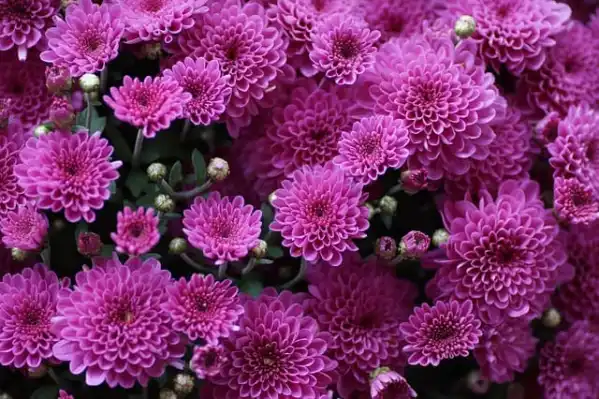Do you ever know that your birth month is interconnected with a few flowers? Each month has different birth flowers. There are 12 months every year, and people can born during any of those months.
It has been conventional since the 18th century. Flowers are beautiful elements of nature, and so does you. Each flower may symbolize different meanings.
Additionally, a lot of historical significance is associated with your birth flower.
In this blog, you’ll learn the historical significance of your birth flowers chart. A few flowers may represent friendship, love, harmony, affection, and peace.
Similarly, a few birth flowers signify the meaning of purity, gratitude, faith, and so on.
An Overview of Birth Flowers
Like the zodiac and ascendant signs, people born in different months also represent different flowers. Each has different historical significance and symbolizes different meanings.
Yet, it also represents a person’s personality. According to Greek mythology, the birth flower provides specific insights and healing rituals about certain people.
Birth Flowers Chart with Historical Significance
1. Carnation – January
Carnation is also known as the clove pink and is meaningful for people born in January. The flower signifies hope, love, loyalty, and rebirth. It has fascinating characteristics, like unique petals and fascinating hues.
Historically, it is assumed that the flower bloomed from the tears of the Virgin Mary during Jesus’s crucifixion.
2. Violet – February
Violet is the birth flower for the people born in February. It symbolizes love, and Valentine’s Day also occurs in this month. Thus, both are interconnected.
According to history, William Shakespeare’s favorite flower was Violet. It also signifies promise, hope, trust, and wisdom. They have fascinating heart-shaped petals with a bold purple tone.
3. Daffodil – March
March is the beginning of the spring season, and daffodils are the flower of birth for people born in this month. Spring indicates a new blooming period of flowers.
Similarly, the flower symbolizes rebirth and a new beginning. Daffodils also represent friendship, compassion, and unparalleled love.
4. Daisy – April
The birth flower of the people who were born in April are Daisy. The flower symbolizes purity, innocence, and bliss. In ancient Egypt, people used Daisy flowers to produce medicines.
There are so many types of Daisies that exist in nature. Daisy also signifies the meaning of friendship, pleasure, and gratitude.
5. Lily of The Valley – May
Lily of the Valley, aka Hawthorn, is the birth flower for the people born in May. Based on the history, it is assumed that this flower bloomed from Eve’s tears.
The time when she was separated from Adam in the garden. It symbolizes hope, faith, and happiness. That’s why it’s used in wedding ceremonies.
6. Rose – June
Rose is the most popular and favorite flower in the world. This is significant to the people who were born in June. Several researchers say these flowers have existed for over 35 million years.
Additionally, it has over 150 species. It symbolizes affection and everlasting love, which is why a person gives a rose to their loved ones.
7. Water Lily – July
Water Lily is the birth flower for the people born in July. It signifies the meaning of purity, innocence, and peace. Ancient Egyptians treated this flower as a sacred one.
According to them, it represents the sun and reincarnation. Water lilies also symbolize goodwill and joy.
8. Poppy – August
Based on historical significance, people born in August are recognized as bright and beautiful. So does their birth flower, Poppy. In ancient times, people used this flower to create medicines.
Meanwhile, at present, people use this flower as a medium of gift or add them to their bouquet.
9. Aster – September
The frost flowers Aster is the birth flower for the people born in September. They represent morning glory, life, peace, love, and harmony.
Aster blooms every month, which is significant for the people who are also born in this month. It signifies the meaning of faith, strength, and wisdom.
10. Marigold – October
Marigold represents the people who were born in October. It symbolizes kindness, harmony, infinity, and beauty. Historically, it is assumed that the priests in Mexico and the South American region used to plant Marigold flowers to represent harmony.
At present, the Marigold is the most common flower that people use for floral decorations at any special event.
11. Chrysanthemum – November
Chrysanthemum flowers are bright and significant for the people born in November. It resents so many things. It includes happiness, friendship, well-being, and love.
In ancient China, people used this flower to create herbal medicines. At present, it’s a good adaptation to a bouquet full of flowers.
12. Narcissus – December
Narcissus is a birth flower for people born in December. It’s significant, as this month’s Christmas and holy festive season occurs.
People used this flower as a part of their Christmas decorations from the past to the present. Narcissus is a sibling flower of the daffodil and symbolizes inspiration and vitality.
Conclusion
Carnation, violet, daffodil, and daisy represent the year’s first quarter, respectively. Meanwhile, the birth flowers for the people born in the second quarter are roses, lilies of the valley, water lilies, and poppies. The list goes on for the people born in the last two quarters.
Each birth flower may represent or symbolize different or the same meanings. Additionally, they also have unique historical significance.
In this blog, you’ve learned about your birth flower and its historical significance. So, which flower represents your birth month, and what does it symbolize?
Let us know in the comments.

